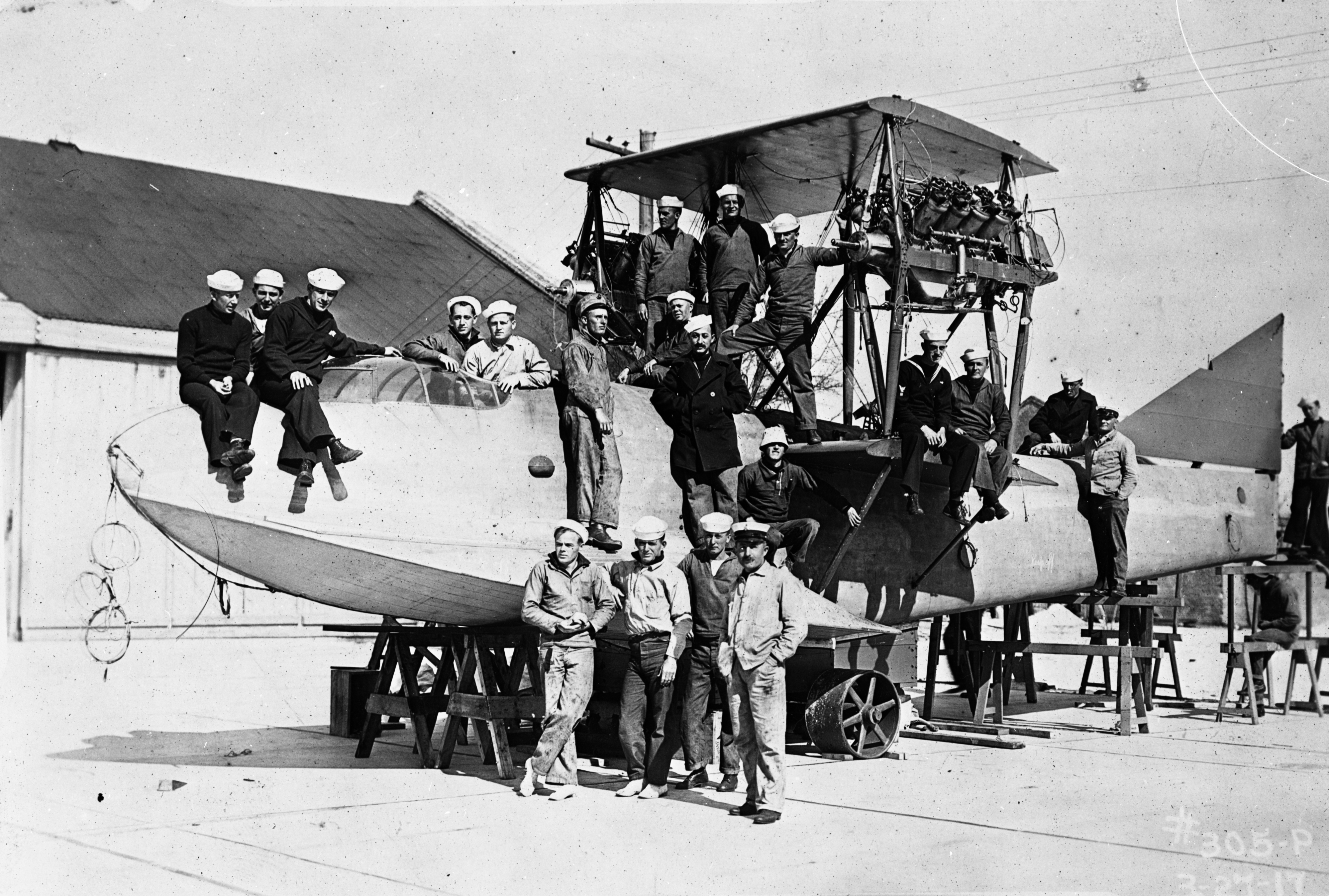Pestilence, Potions, and Persistence Early Florida Medicine
Public Health
In addition to yellow fever, leprosy, cholera, typhoid fever, and other deadly diseases caused public alarm and required coordinated state effort. Combating endemic illnesses, such as hookworm, required political and scientific leadership. Disease and poor sanitation in dense urban areas and impoverished regions of the rural South were viewed by Progressive Era reformers as the most significant cause of endemic poverty, and the Florida State Board of Health began to grapple with the diseases and living conditions believed to be negatively impacting the welfare of Floridians.
Within three decades of the establishment of the Board of Health, better regulation to ensure sanitary drinking water had begun to reduce instances of diseases such as hookworm, and more effective quarantining and more extensive state-run stations coincided with the more limited spread of yellow fever epidemics. In 1908, an aggressive health education program increased awareness of hookworm, and the Board began paying physicians for each indigent case of hookworm they treated. The Florida example became a model for national efforts to combat hookworm.1
Victims of hookworm were most often poor. Many social reformers of the era considered the effects of hookworm on poor children and adolescents to be one of the contributing factors in the inability of poor citizens to achieve success and pursue educational opportunities. State officials came to accept a view of hookworm as being directly associated with poor sanitation and community and household hygiene, areas of increasing concern in the last decade of the 19th century in the South.
Sanitation, Hygiene, and Improving the Health of All Floridians
A leading doctor in the Florida hookworm campaign, C. T. Young, recorded encounters with parents and teachers. While they often expressed support for eradication, parents sometimes opposed tests and medicine for reasons such as “fatalistic nonsense” religion, as Young referred to it. Teachers made “excuses” for not pushing parents for treatment, such as being too overworked to speak to them, or expressing a lack of faith that parents would allow intervention. The Board and Dr. Young stressed the importance of proper home waste disposal and sanitation, as well as better sewage services for communities.
The campaign brought Young and his colleagues face to face with Florida’s most impoverished citizens. They encountered hundreds of patients with little or no health care, often meeting children and teenagers with other ailments and serious illnesses such as scarlet fever. Young recorded meeting with school boards to explain the “pernicious bloodsucking” parasites that caused hookworm, and working with black physicians in order to bring testing and treatment to African-American children.
As the work of the Board of Health expanded, educational programs became a priority. The program constructed a mobile health exhibit known as the “health train” that traveled to all parts of the state, and its journal, Florida Health Notes, begun in 1892, published information for laypeople and practicing physicians. By 1916, the Board included six bureaus—Communicable Disease, Education, Child Welfare, Engineering, Vital Statistics, and Veterinary Science—and maintained a budget of $165,524.
As the Board expanded its vision of public health in the state, state officials, echoing national trends, began to take an interest in the greater regulation of birth practitioners, ultimately resulting in the establishment of a midwife program.
1 Hardy and Pynchon, 19-23.

 Listen: The Latin Program
Listen: The Latin Program